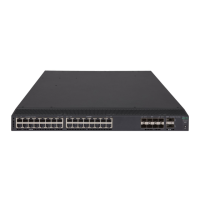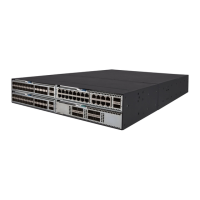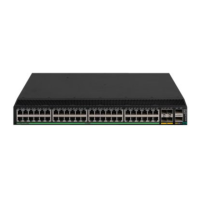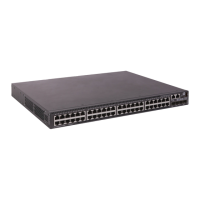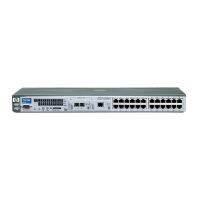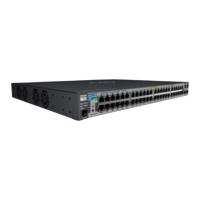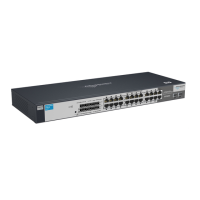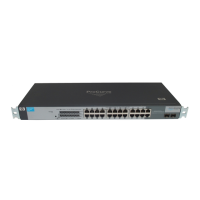77
Figure 25 Zone merge process between two switches
The zone merge process is as follows:
1. Switch A and Switch B are new neighbors to each other. Suppose that Switch A first initiates a
merge to Switch B.
a. Switch A sends an MRRA request carrying the size of its data to be merged to Switch B.
b. After receiving the MRRA request, Switch B determines whether to accept the merge according
to its local data size.
− If the size of the data to be merged is acceptable, it replies with an ACC packet.
− If the size of the data to be merged is not acceptable, it replies with an RJT packet.
c. After receiving the ACC packet, Switch A sends an MR request containing its zone data to
Switch B.
d. After receiving the MR request, Switch B obtains the zone data and merges it with its local zone
data. Then, it replies with an ACC packet for a successful merge or with an RJT packet
containing the cause of failure for a failed merge.
2. After the merge process initiated by Switch A is complete, the following rules apply:
{ If the local data of Switch B is the same as or a subset of the local data of Switch A, Switch B
ends the merge process with Switch A.
{ If the local data of Switch B is not exactly the same as or a subset of that of Switch A, Switch B
initiates a merge process with Switch A.
The merge process is the same as the process initiated by Switch A to Switch B, as shown in
steps 5, 6, 7, and 8 in Figure 25.
